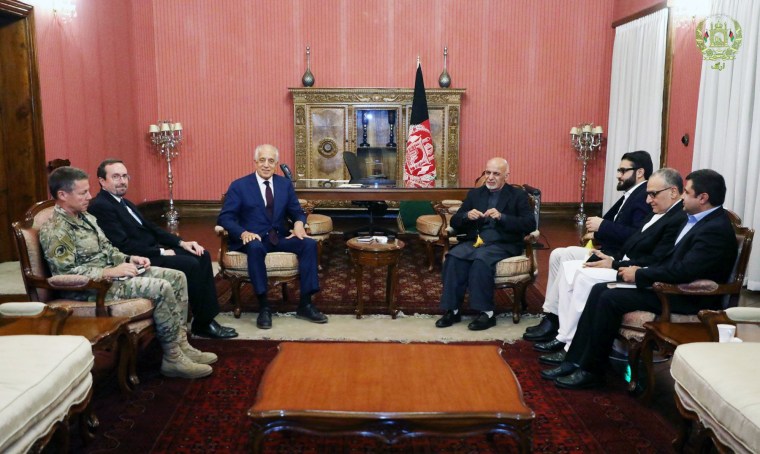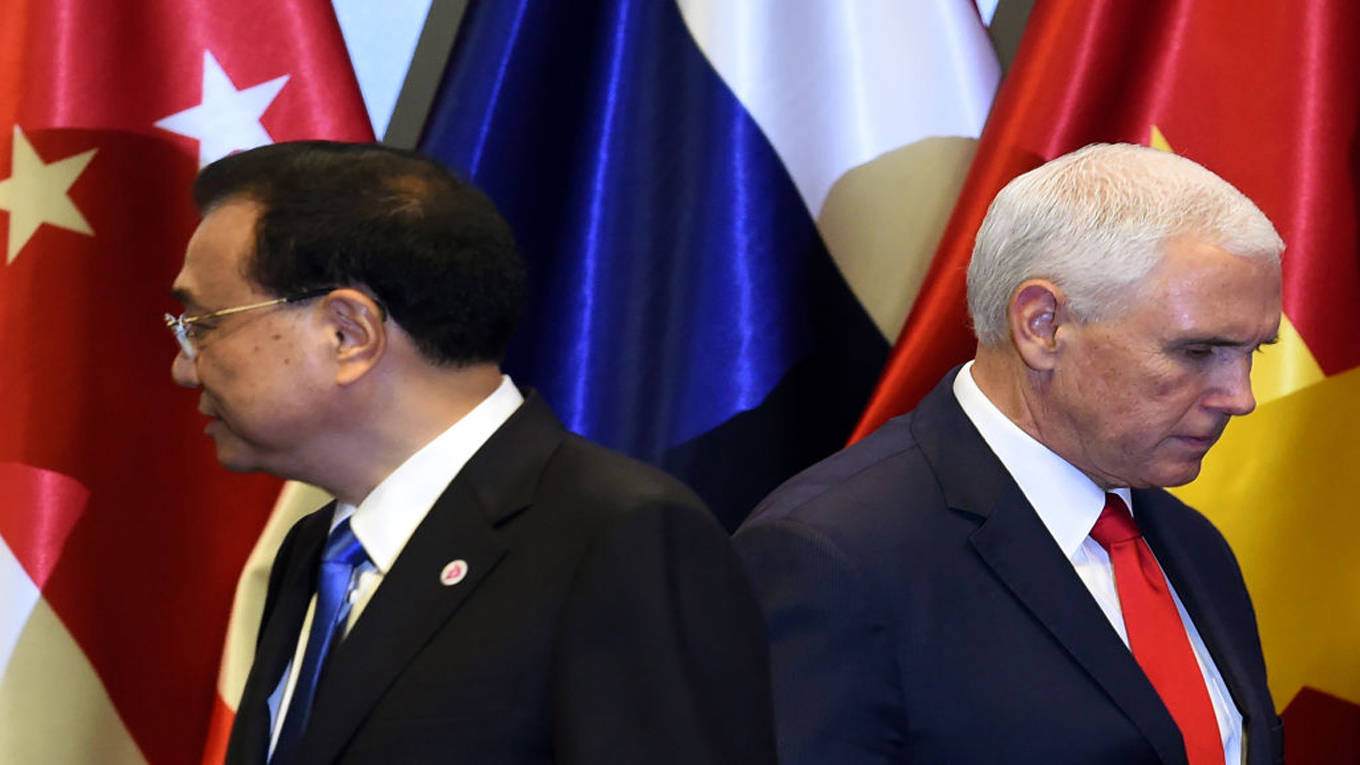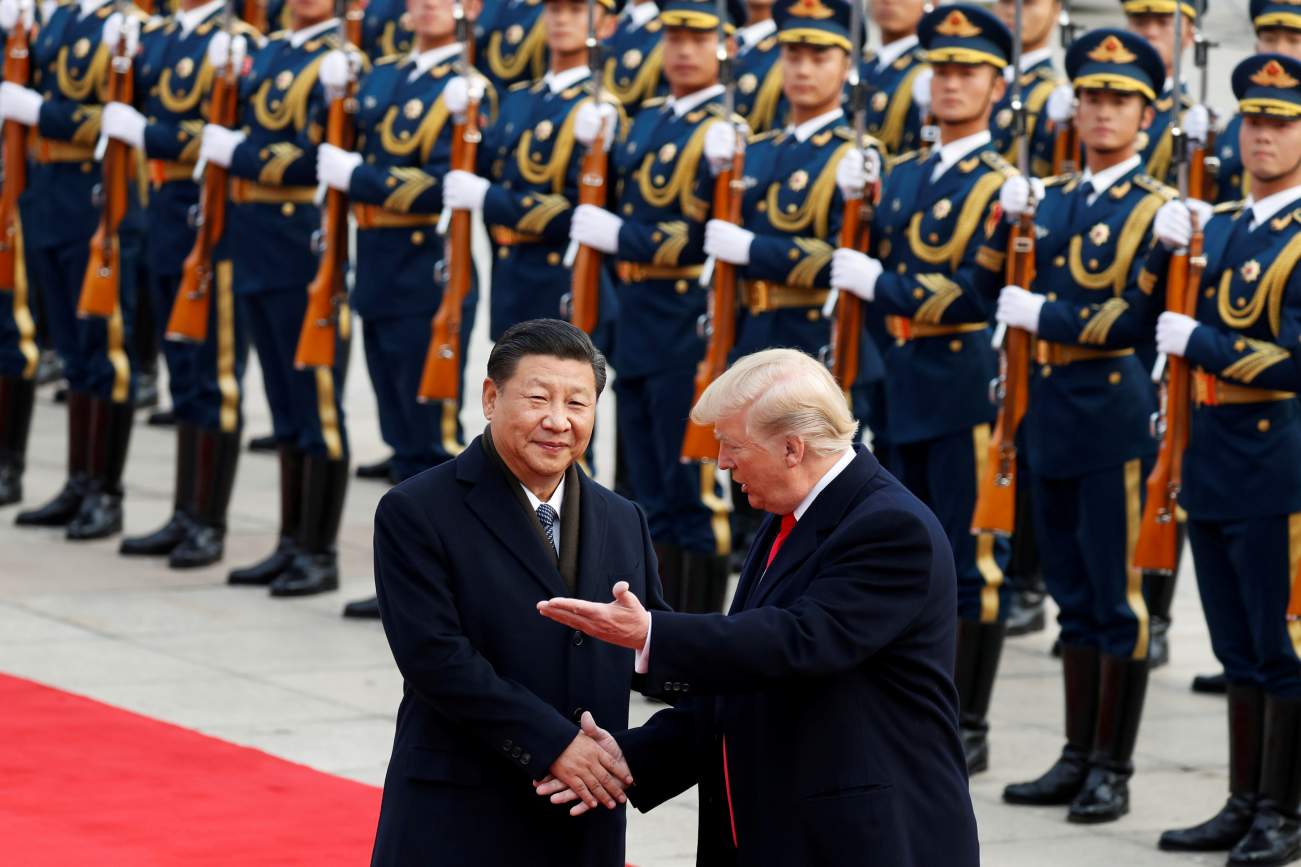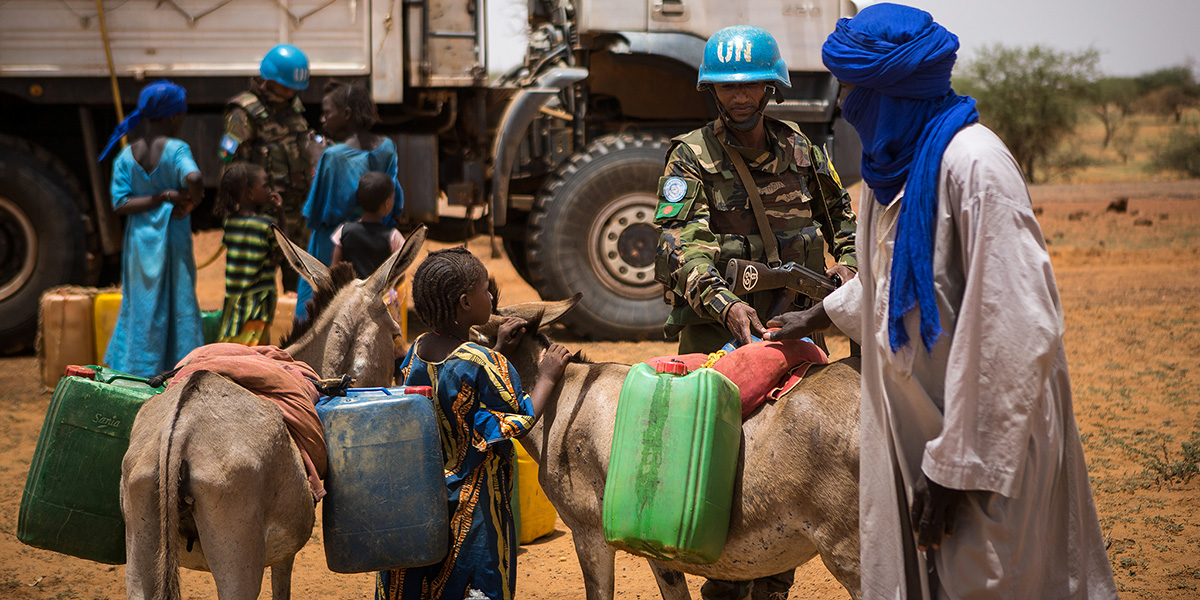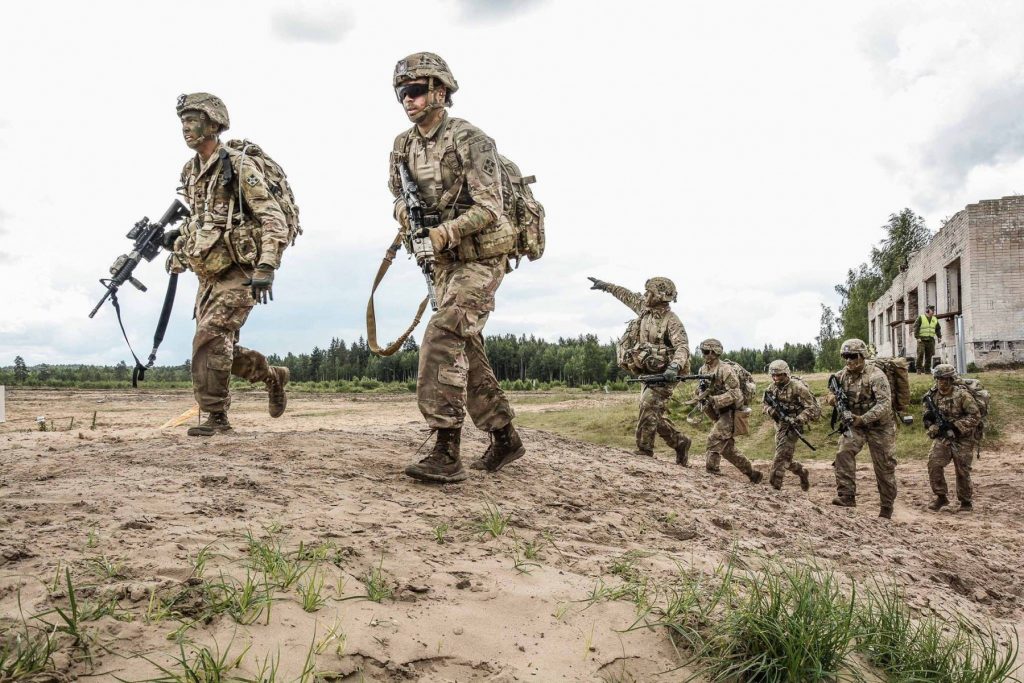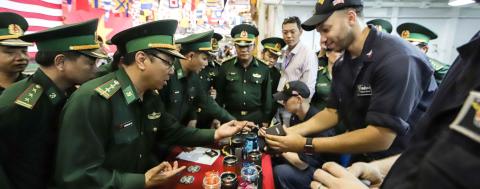SANJAY KAPOOR
The informed view was that the unusual waiver that US administration gave to the Iranian port was due to the aggressive lobbying by India to save its investments and persevere with its newly crafted policy to connect with Afghanistan and Central Asia. According to this view, the government and businesses in Kabul too lobbied for Indian access, as they view in Chabahar an opportunity to liberate themselves from the control that Pakistan and its Karachi port exercises on their movement and their businesses. But this is not all. Apparently, the US, has its own reasons to grant this waiver.

